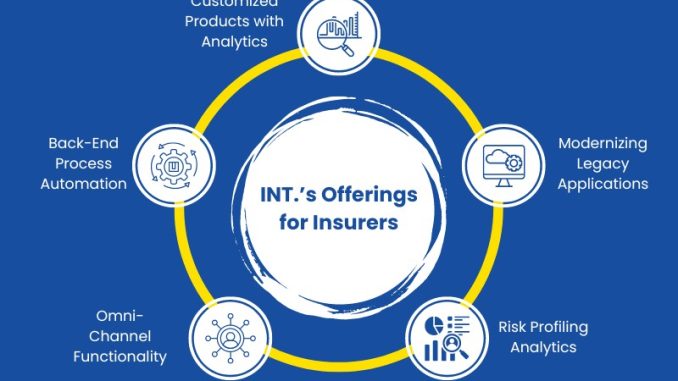
At the heart of the insurance business lies a fundamental question: how likely is it that something will go wrong? Whether it’s a car accident, a house fire, a health emergency, or a business interruption, insurers must evaluate the probability and potential cost of these events before issuing a policy. This evaluation process is known as risk assessment, and it’s far more sophisticated than simply guessing based on past experiences. Today, insurance companies rely on a combination of historical data, statistical models, and advanced technologies to make informed decisions about risk.
The process typically begins with identifying the specific risks associated with the asset or individual being insured. For example, when assessing a homeowner’s policy, insurers consider factors such as the location of the property, its age and condition, local crime rates, and susceptibility to natural disasters. A home in a flood-prone area will naturally carry more risk than one on higher ground, and that difference will be reflected in the premium. Similarly, auto insurers look at driving history, vehicle type, usage patterns, and even credit scores to gauge the likelihood of a claim. These variables help build a risk profile that guides the underwriting process.
Once the risks are identified, insurers move into the evaluation phase. This is where data analytics and predictive modeling come into play. Companies use vast datasets—sometimes spanning decades—to understand how similar risks have played out in the past. For instance, they might analyze thousands of claims related to fire damage to determine the average cost and frequency of such events. These insights are then fed into actuarial models that simulate future outcomes. The goal is to quantify risk in terms of probability and financial impact, which allows insurers to set premiums that are both competitive and sustainable.
Technology has significantly enhanced this process in recent years. Tools like geospatial analysis, machine learning, and real-time data feeds enable insurers to refine their assessments with greater precision. For example, satellite imagery can help evaluate the physical condition of a property, while telematics devices in vehicles provide continuous feedback on driving behavior. These innovations allow for dynamic risk assessment, where policies can be adjusted based on changing conditions. A driver who consistently demonstrates safe habits might see their premium decrease over time, while risky behavior could trigger a rate hike.
However, not all risk assessment is purely quantitative. Human judgment still plays a crucial role, especially in complex or unusual cases. Underwriters often review applications manually to catch nuances that algorithms might miss. For instance, a business seeking liability coverage may have unique operational risks that aren’t easily captured by standard models. In such cases, underwriters rely on experience, industry knowledge, and sometimes direct consultation with the client to make informed decisions. This blend of art and science ensures that policies are tailored to the specific needs and realities of each situation.
Another important aspect of risk assessment is regulatory compliance. Insurance companies operate under strict guidelines set by government agencies and industry bodies. These regulations often dictate how risk must be evaluated, reported, and managed. For example, insurers may be required to maintain certain capital reserves based on the level of risk in their portfolio. This ensures that they can meet their obligations even in the face of unexpected losses. Compliance also fosters transparency and trust, which are essential in a business built on promises.
Risk assessment doesn’t end once a policy is issued. Insurers continuously monitor their portfolios to identify emerging trends and adjust their strategies accordingly. This might involve revising underwriting guidelines, updating pricing models, or even withdrawing from certain markets if the risks become too great. For example, an increase in wildfire activity might prompt insurers to re-evaluate coverage in affected regions. This ongoing vigilance helps companies stay ahead of the curve and maintain financial health.
Ultimately, the way insurance companies assess risk is a reflection of their commitment to balancing protection with profitability. By understanding the likelihood and cost of potential claims, they can offer coverage that meets the needs of their clients while safeguarding their own viability. It’s a delicate dance between caution and opportunity, driven by data, guided by expertise, and shaped by the ever-changing landscape of risk. For consumers and businesses alike, appreciating this process can lead to more informed choices and a deeper understanding of how insurance really works.